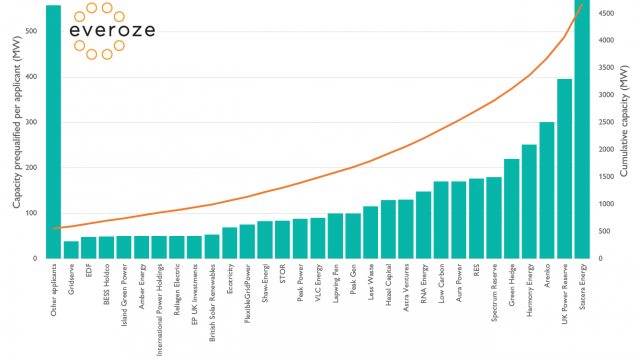The DSO transition is raw and real – and it’s turning infrastructure investment upside down
Published December 2017
The transition from DNO to DSO is bitingly fundamental. Energy infrastructure investment will never be the same again – but SSE Networks is bang on right to put the emphasis on ‘neutral facilitation’.
SSEN’s DSO Consultation is out, and with it, ideas for a future characterised by more proactive management of the distribution system, and even a possible ‘ebay for electrons’.
Just the latest in a series of perfunctory reports published by DSOs to keep Ofgem happy? That’s what the cynic would have you believe. But such cursory dismissal is not just unfair, it’s wholly inaccurate.
The questions raised by DSOs in these strategies are raw, existential – at times even rhapsodic. SSEN’s document is a case in point. Who am I? Where am I going? What am I for? This stuff cuts deep. No, these reports aren’t formulaic recitations, they aren’t casual nods to the regulator: they are the cleaned-up therapy logs of organisations grappling with an intense and painful identity crisis.
Disorienting complexity
You see, the way that we run distribution networks is changing.
The old model of investment was comparatively straightforward. Got a network issue? No problem. After robust technical analysis, the DNO can normally resolve the issue through investment in new kit – transformers, wires, and more – and sort it out directly. Customers happy, job done.
Yet under the new DSO model, not only are the technical challenges becoming more complex, but the commercial options are becoming frighteningly diverse too, including:
- DSO asset sweating: DSOs squeezing more value out of their sunk cost infrastructure.
- Third party asset sweating: DSOs creating markets for third parties to use their existing assets to provide flexibility services. For instance, a wind farm using a statcom to provide reactive power.
- Third party new build: DSOs creating markets for third parties to participate in providing flexibility services. For instance, using vehicle-to-grid technology to manage frequency.
None of these options, you’ll note, actually involve the DNO investing more in infrastructure – this is relegated to last resort. Instead, the goal is either to avoid capex through asset sweating, or else to motivate third parties to build instead. DNOs are forced to morph into a platform, and in doing so, to conjure up markets and commercial frameworks so they can place trust in third party strangers.
The old model is dust: the implications are fundamental and unsettling.
Hence the identity crisis.
Therapy
So – how to avoid a breakdown? Well, I’m no therapist, but the Everoze team does at least know the financial community pretty well, based on our role as Technical Advisor. It strikes me that engaging positively with new models of investment is essential. From this stems three recommendations.
Firstly, DSOs need to do some groundwork to understand investment dynamics, mapping out how investors and lenders relate to technical solutions. For instance, if relying on an operational wind farm to provide additional services, DSOs need to understand the lender’s overwhelming concern to protect the wind farm’s core business. It doesn’t matter how high the potential returns are, if you can’t persuade that lender, it ain’t gonna happen.
Secondly, DSOs need to adopt a financier’s outlook during design of procurement frameworks. When I presented the energy storage opportunity to financiers at the annual World Energy & Infrastructure Summit in Madrid a couple of months ago, a number of questions were raised: how long will contracts be? How harsh are the performance penalties? And what is the wider revenue stack?
Thirdly, DSOs need to bring some nationwide consistency into play as soon as possible. Initial sandbox projects are great for the innovative phase but the lessons need to be learnt from these, shared, and consistency across DSOs developed quickly thereafter otherwise investors will be confronted with a mish-mash of investment frameworks across GB. While there is some strength in diversity, investments that are likely to be at the low end of infrastructure ticket prices need to be less bespoke and more cookie-cutter.
But more than anything, financiers need to be convinced that the new local flexibility markets supported by DSOs will be fair and open, creating a level playing field for all to engage – and this is exactly the plan proposed by SSEN. SSEN writes that ‘neutral facilitation is paramount’, and this has to be bang on right.
Just do it
So – let’s swap existential angst for a bit of Nike philosophy: just do it. SSEN’s consultation document shows that SSEN is up for the challenge: we look forward to seeing the results.
This article was originally written as part of SSEN’s DSO Strategy launch in Nov 2017 – republished here with kind permission.






